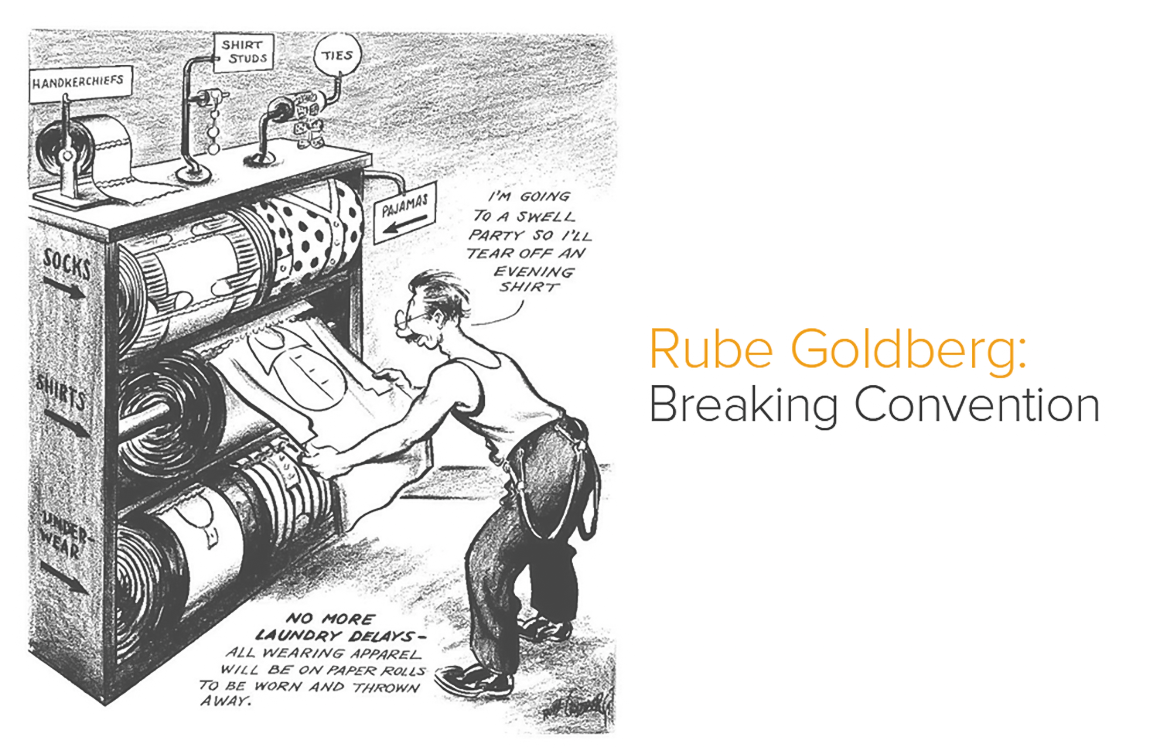This engineer and artist had a talent for breaking convention. His zany cartoons showcased elaborately engineered devices designed to perform simple tasks.
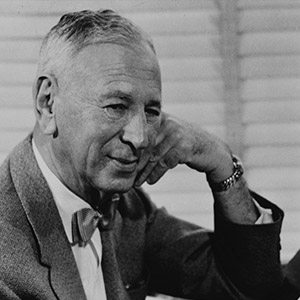
Vital Stats
1883-1970. Born Reuben Garrett Lucius Goldberg in San Francisco, CA.
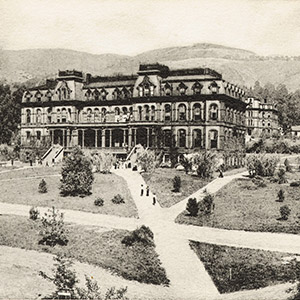
Education
At the wish of his father, Goldberg studied Engineering and received his degree from the University of California in Berkeley.
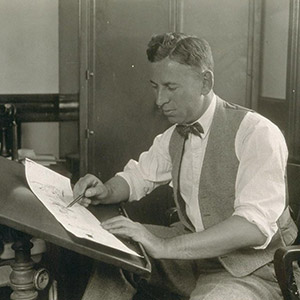
A Change of Heart
After just 6 months, he abandoned a fledgling career as an Engineer in the San Francisco Water and Sewers Department in 1904 to follow his dream of becoming a cartoonist.
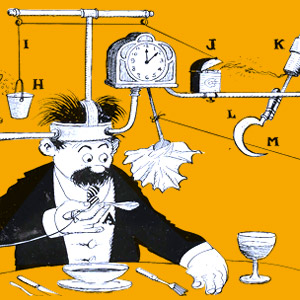
America’s Most Popular Cartoonist
His cartoons quickly gained popularity and garnered attention for their depiction of complex devices engineered to perform simple tasks. In 1915, just 10 years after devoting himself full-time to cartooning, he was earning $25,000 a year.
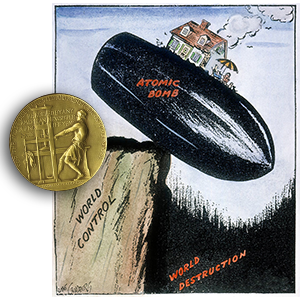
Making His Parents Proud
Any misgivings his father had about his son’s career change must have been squelched by the many accolades he received, including a Pulitzer prize in 1948 for his political cartoon work.

In the Books
Goldberg is the only person ever to be listed in the Merriam Webster Dictionary as an adjective. The Oxford English Dictionary records the term of “Goldbergian” in use in print by 1915.
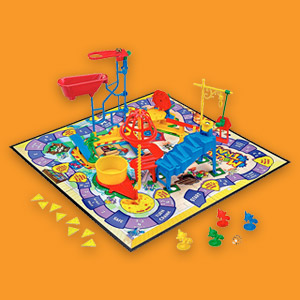
He Got Game
The 1960s board game Mouse Trap is one of the most famous examples of a Rube Goldberg-inspired game. Goldberg himself invented the “Foolish Questions” card game, based on his cartoon of the same name.
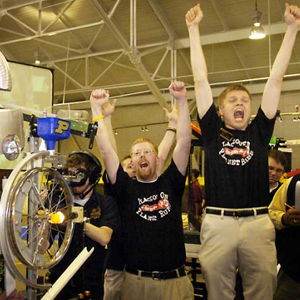
Legacy
Goldberg-like creations continue to fascinate and delight. Rube Goldberg Machine contests are held around the world, and the annual Reuben Award recognizes the Cartoonist of the Year.

